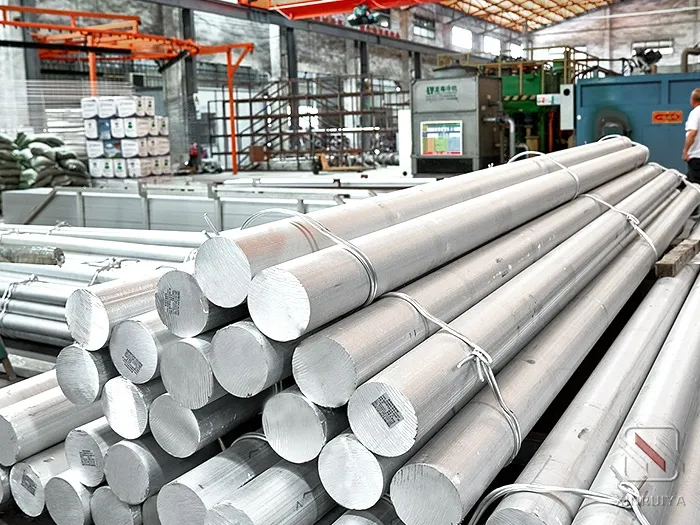
Hi all, I’m Leo Liang! To those not-so-familiar readers, let me share with you that my world revolves around home building materials, particularly focusing on aluminum items. It’s not only my livelihood; it’s something I truly love and want to share through my B2B website, sinriya.com, and across all my social media sites. From my blog to my podcast, I welcome you into the world of home furnishings, and today, I want to talk to you about a detail that we overlook but can make an enormous difference in your house: aluminum skirting boards.
Baseboards, or skirting boards, are that narrow strip of material running along the bottom of your interior walls. They’re not aesthetic only; they conceal your walls from kicks and bumps, and the relentless attack of a vacuum cleaner. And besides their functionality, they are also a significant design element. And when it comes to material, aluminum is a fine choice, offering strength and a clean, modern appearance.
But how do you choose the ideal one? It’s not just a matter of choosing a color you like. We have to talk about material grades, thickness, surface treatments, and even style. It might seem daunting, but don’t worry, I’ll walk you through it. Let’s get into the nitty-gritty of selecting the perfect aluminium skirting board for your job.
Why is alloy composition so important?
To begin with, not all aluminum is the same. When you are comparing prices for skirting boards, you will usually find different aluminum alloys. For decorative trims like the ones we love at Sinriya, the 6063 aluminum alloy is perhaps the best. This is what is known as an aluminum-magnesium-silicon alloy. The 6063 secret is that it has excellent extrudability, meaning that it can easily be shaped into intricate and twisted forms. It also has a fantastic surface finish, excellent corrosion resistance, and fair weldability. This makes it the perfect material for creating those clean, sharp lines we want in a skirting board.
You might also be able to find products that are made with alloys like aluminum-manganese. Although these are also strong and corrosion-resistant, they will not possess the same high-quality finish surface as 6063, an important factor for a top-end decorative item. As such, when you order your skirting, be sure to request information about the alloy specifically. Insisting on 6063-T5 aluminum alloy ensures you are given a product that is not only strong and durable but also pleasing to the eye. At Sinriya, this is an absolute component of our quality promise.
Does thickness count for anything?
Now, thickness. It isn’t the case that “thicker is better.” With aluminum skirting boards, the ideal thickness is a combination of strength and looks. You’ll usually find thicknesses between 0.55mm and 0.8mm. To go significantly thicker, i.e., greater than 1.2mm, does not need to provide much additional strength for this purpose and will be more difficult to install and costly. The key is that the profile is well engineered. A well-engineered 0.8mm profile can in fact be stiffer and impact tougher than a poorly engineered 1.2mm one.
The thickness you can use is also influenced by the profile design. A more complex, detailed profile, for example, might require a slightly thicker extrusion to ensure all of the details are sharp and crisp. A plain, flat profile, however, might be just as well served at a fraction less thickness. The aim is to make the skirting strong and not too prone to flexing or bending.
What are some of the different surface finishes?
This is where the magic truly occurs on an aesthetic level. The surface finish not only makes your skirting board its designated color and finish but also provides a further level of protection. Let us demystify the most popular options:
- Spraying (Powder Coating): This is the most popular choice, and for good reason. The aluminum profile is electrostatically coated with a fine powder and then heat-dried. This produces a much tougher finish than regular paint. It’s highly resistant to chipping, scratching, and fading. Plus, it comes in an incredibly large selection of colors so you can exactly match your interior decorating motif.
- Roller Coating (Coil Coating): It’s an extremely effective process where paint is applied to a continuous aluminium coil by rolling, which is subsequently rolled into the skirting profiles. It provides an extremely even and smooth finish. While it’s a very durable finish, colour options might be limited slightly in comparison to powder coating.
- Laminating (Film Coating): A decorative film, wood grain or metal effect for instance, is added on top of the aluminum profile. This is a great way of achieving the look of natural materials, like wood, without the maintenance problems or delicacy. The film and adhesive used must be expensive enough to produce a durable finish.
- Anodizing and Wire Drawing (Brushed Finish): Anodizing is an electrochemical process where the metal surface is converted into a decorative, hard, corrosion-resistant, anodic oxide layer. It is not a surface coating, but part of the aluminum. This makes it incredibly durable. It would generally have a classic metallic sheen. Wire brushing, or drawing, is a mechanical process that creates a very fine, parallel line pattern on the surface, creating a sophisticated, textured look. Finishes are frequently anodized following brushing to close and seal the brushed surface.
How do I test for quality?
When someone shows you a sample, how do you know if it’s a good product or not? Here are a couple of simple, hands-on tests you can perform:
- The Sound Test: Hold part of the skirting and give it a gentle tap. A high-quality, properly made profile will ring out with a metallic, clear, sharp sound. If you receive a muffled, flat thud, then it can indicate the presence of impurities in the aluminum alloy or a lighter extrusion, which are signs of a low-quality product.
- The Bend Test: Try to bend a small sample slightly with your hands. A good aluminum profile should have some degree of rigidity and be resistant to bending. If it’s weak and bends easily, it’s likely too thin or made from a poor-grade alloy. Of course, don’t overdo it and try to bend it in half! The point is to feel its resistance. A good skirting board must be heavy and strong.
Which style is appropriate for my room?
The practical aspect of skirting boards is self-evident, but their aesthetic impact is also important. The style that you choose can have a significant influence on the general mood of a room. Below are the main styles to be on the lookout for:
- External (Applied) Skirting: The most conventional and widespread type of skirting board. It’s fitted to the wall surface, proud of the plaster. It’s fast and easy to install and comes in an utterly massive variety of profiles, ranging from flat plain profiles to more ornate, more decorative ones. This is a decent all-rounder that can be used for most schemes.
- Flush (Recessed) Skirting: For the ultimate in minimalist and modern look, a flush or recessed skirting board is the winner. The skirting is installed so that it is on a level with the plaster wall, creating a flowing smoothness from wall to floor. This is a great way of giving the illusion of a cleaner and more spacious room as furniture may be left against the wall with no gap in between. It also prevents dust from settling at the top of the skirting board.
- Recessed (Shadow Gap/Floating) Skirting: This style takes the minimalist concept one step further. A shadow gap or recessed channel is created by installing an aluminum profile so that there is a clear separation between the floor and the wall. This produces the incredible illusion that the wall is “floating” just above the floor. It’s a high-end architectural detail that provides an authentic splash of class and is very hip in contemporary design. Some styles even offer the choice of adding LED strip lighting to the recess, which creates a beautiful ambient effect on the room.
- No Skirting (Plaster-to-Floor): Possible technically, but not typically recommended. The corner of the wall and floor is left exposed to damage, and it’s very difficult to achieve a perfect clean and durable finish. A shadow gap is much more practical and architecturally appropriate method to achieve a “no skirting” look.
Ultimately, the best choice for you will depend on your personal style, the architectural character of your space, and your budget. If you prefer the classic look of an exterior profile or the smooth, modern lines of a flush or recessed trim, aluminum offers a utilitarian and stylish solution.
At Sinriya, we’re committed to helping our B2B customers select the optimal decorative trims for their uses. We hope that with this valuable information on materials, thicknesses, finishes, and style, you can make a choice that will make you happy for years to come. If you have any additional questions or would like to shop our collection of aluminum skirting boards, please don’t hesitate to visit sinriya.com or reach out to me. I am always more than pleased to discuss home decoration and anything else you’d enjoy discussing
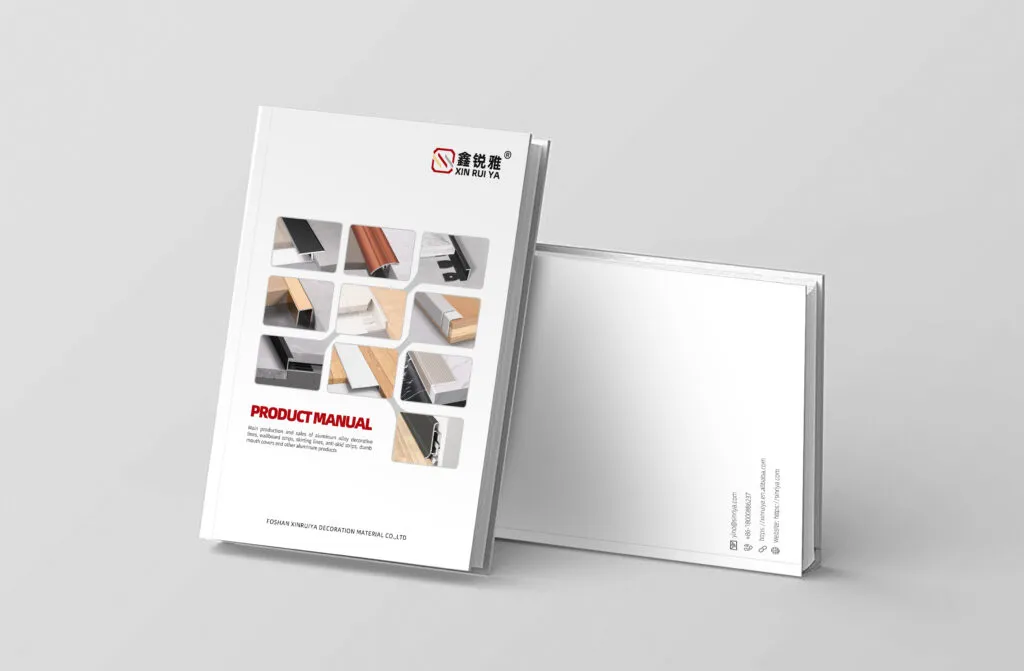

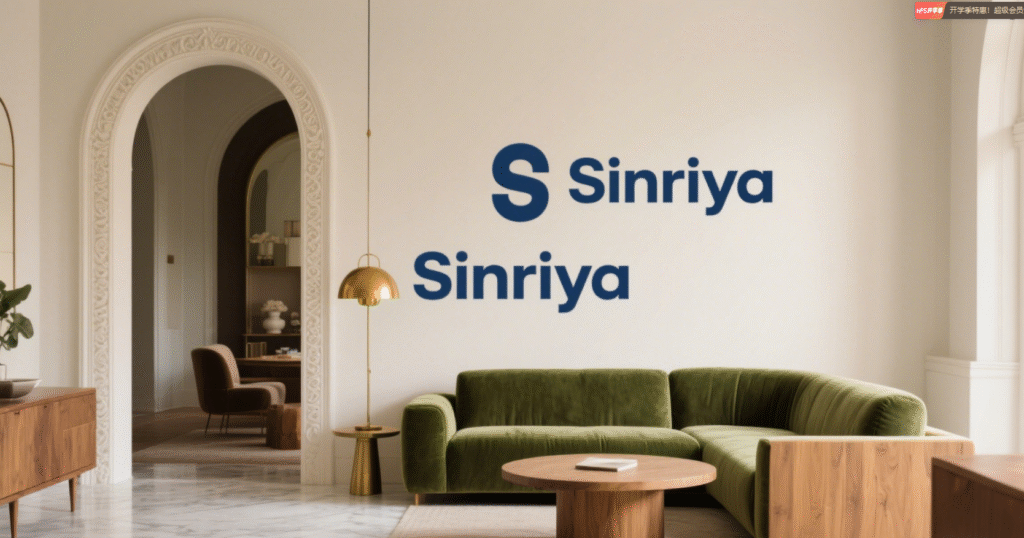
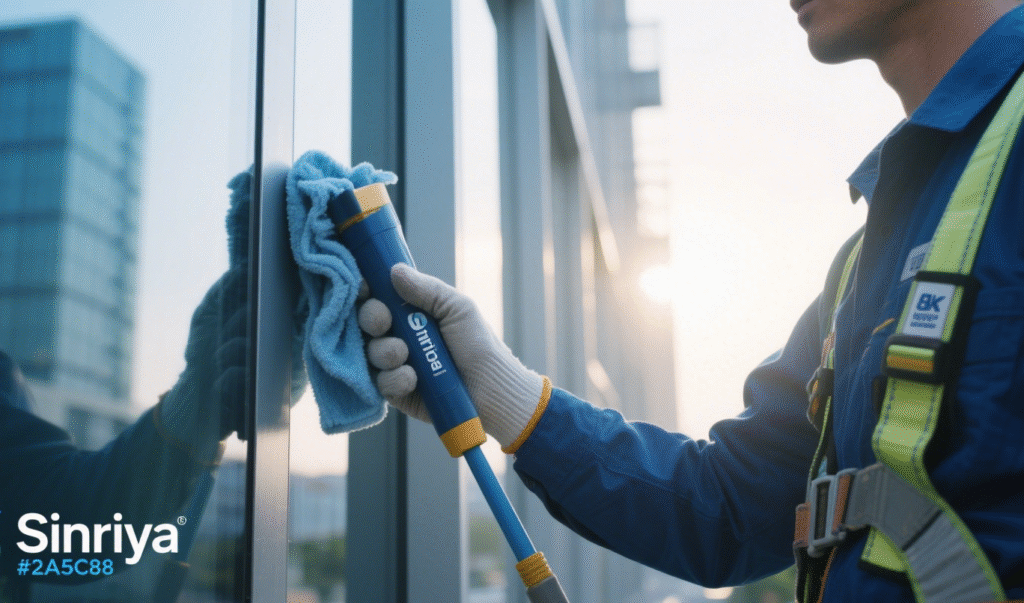


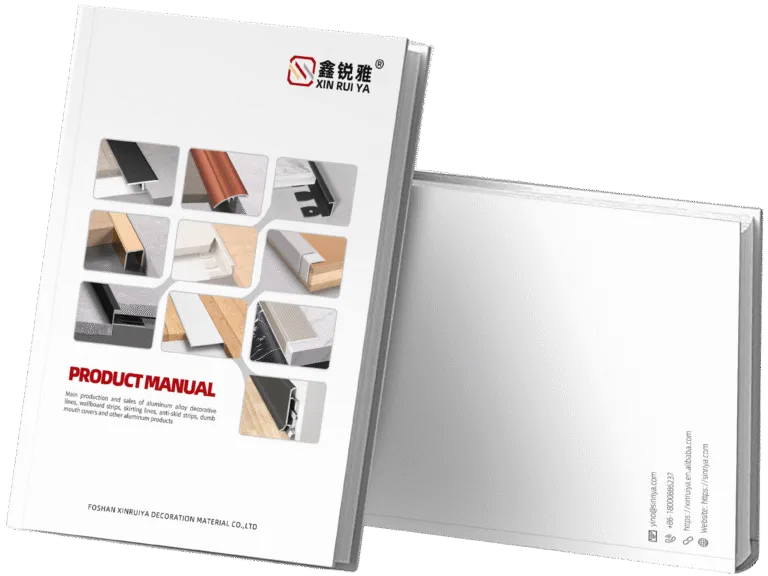
contact The Realtor for listings
Good day! This is my first visit to your
blog! We are a collection of volunteers and starting a new initiative in a
community in the same niche. Your blog provided us valuable information to work on. You
have done a wonderful job!
Sinriya
Thank you for coming. May I ask what kind of volunteer are you? Or can you contact my manager on WhatsApp: +86 18000886237